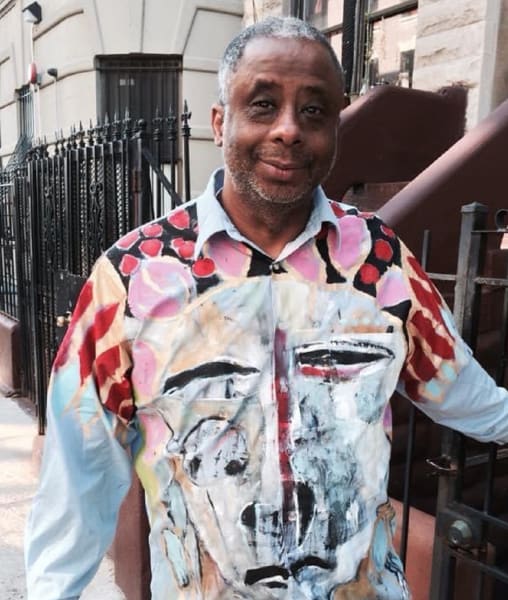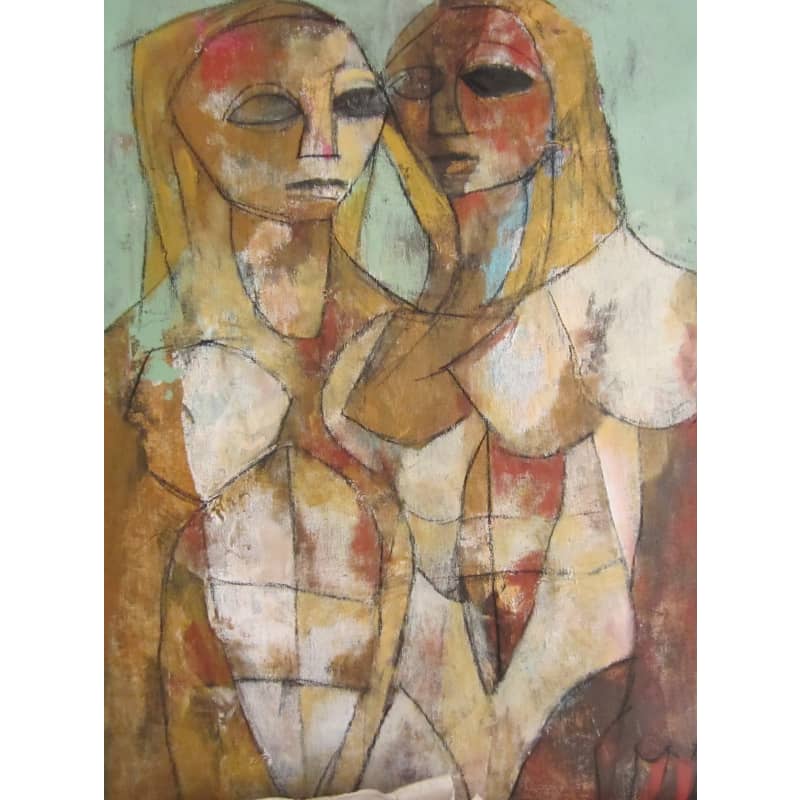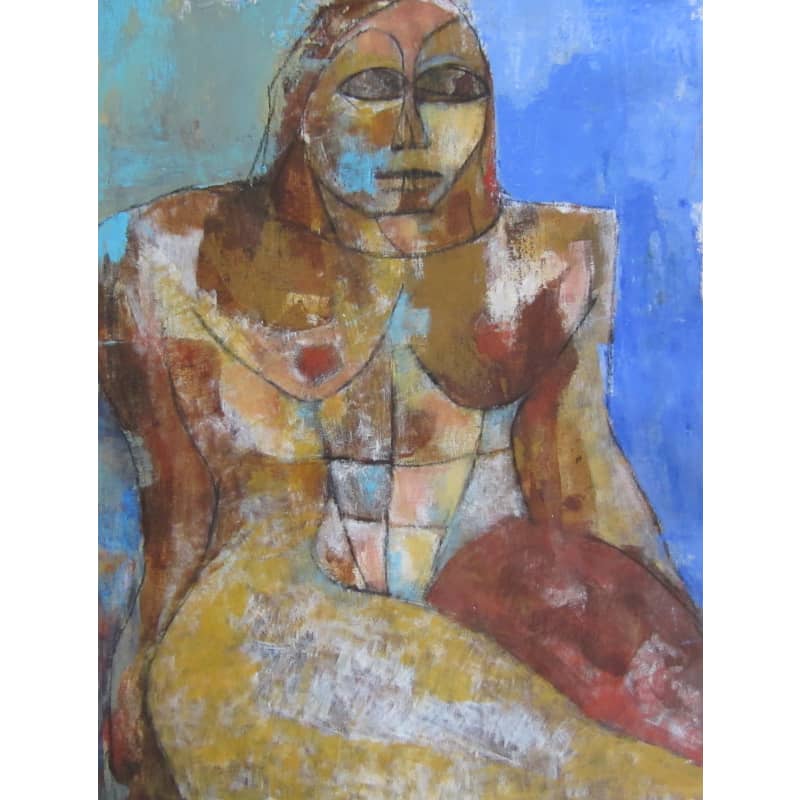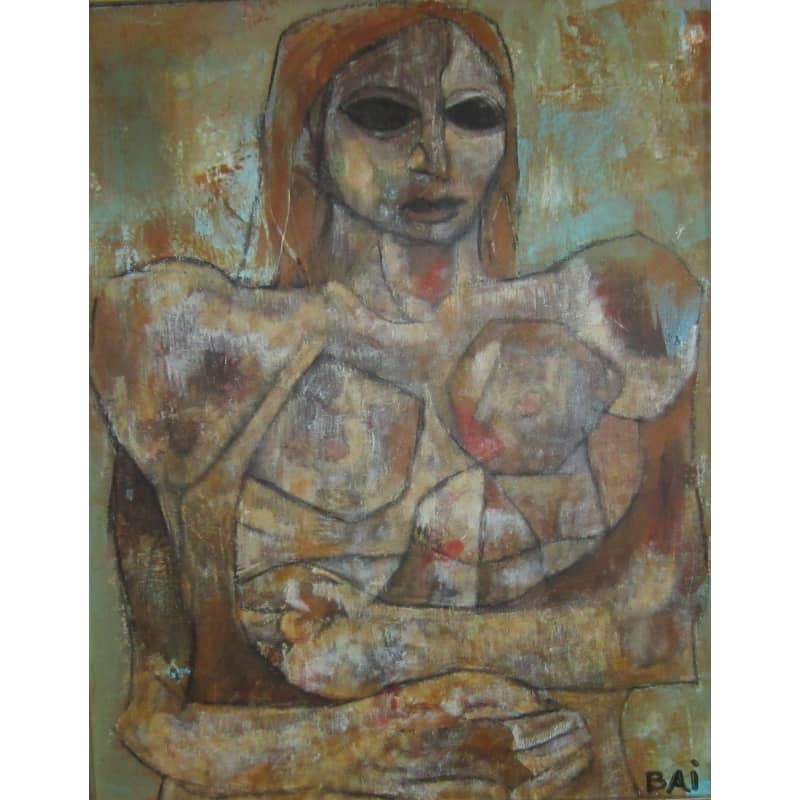

















About Carl Karni-Bain
For close to three decades Carl Karni-Bain has been exhibiting across the United States especially in the San Francisco Bay Area, North Carolina and New York. His work has been commissioned by authors, playwrights and corporations and has been featured on the hit CBS Series Limitless, and the hit series STAR, on FOX. As part of the Spence Gallery roster for the last five years, the mixed media artist has gained an international audience through features at over 25 international art fairs. In 2013 Thelma Golden, director of The Studio Museum in Harlem, selected him as one of the top ten artists in Harlem. In the same year, he was named one of the top 50 artists working and living in Manhattan. Karni-Bain attended City College of San Francisco and California College of Arts and Crafts. Public Collections include University of North Carolina, Charlotte and Harrison Museum of African American Culture in Roanoke, Virginia. Karni-Bain’s work can be found in a multitude of private collections around the world.
I have been painting faces and figures throughout my career as they are part of an ongoing journey of which neither I nor the viewer will ever tire. The foundation for my portraits comes from the African Mask. As a child, I remember the visual impact it had on me and remains strong in my retained memory to this day. The mask forces a response from the viewer, whether a primitive or contemporary response. Colour is the symbol I use to reflect the emotional stages through which we as humans experience – reds for the violent past, blues, greens for the peace to come, and yellow and oranges for the bright future ahead. The latter is not guaranteed in my paintings. However, I think it is attainable in life.
About the art
For close to three decades Carl Karni-Bain has been exhibiting across the United States especially in the San Francisco Bay Area, North Carolina and New York. His work has been commissioned by authors, playwrights and corporations and has been featured on the hit CBS Series Limitless, and the hit series STAR, on FOX. As part of the Spence Gallery roster for the last five years, the mixed media artist has gained an international audience through features at over 25 international art fairs. In 2013 Thelma Golden, director of The Studio Museum in Harlem, selected him as one of the top ten artists in Harlem. In the same year, he was named one of the top 50 artists working and living in Manhattan. Karni-Bain attended City College of San Francisco and California College of Arts and Crafts. Public Collections include University of North Carolina, Charlotte and Harrison Museum of African American Culture in Roanoke, Virginia. Karni-Bain’s work can be found in a multitude of private collections around the world.
I have been painting faces and figures throughout my career as they are part of an ongoing journey of which neither I nor the viewer will ever tire. The foundation for my portraits comes from the African Mask. As a child, I remember the visual impact it had on me and remains strong in my retained memory to this day. The mask forces a response from the viewer, whether a primitive or contemporary response. Colour is the symbol I use to reflect the emotional stages through which we as humans experience – reds for the violent past, blues, greens for the peace to come, and yellow and oranges for the bright future ahead. The latter is not guaranteed in my paintings. However, I think it is attainable in life.
